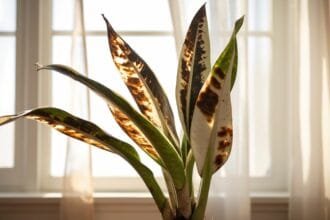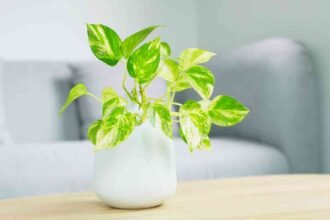Yellow flowers are a beautiful way to bring the warmth of the sun into your yard. These bright flowers brighten up any outdoor setting. Here are the top 10 yellow flowers to plant in your garden if you want to turn it into a beautiful oasis. Prepare to be awed as we reveal these floral gems, and be sure to look out for number five in particular.
| Flower Name | Features |
|---|---|
| 1. Sunflower | Huge, famous, golden flowers on tall, towering bushes. They move with the sun, making a striking focal point. |
| 2. Daffodil | trumpet-shaped early spring flowers. They provide a splash of sunshine yellow and a sense of renewal to the garden. |
| 3. Marigold | Yellow blooms grow into tall, fluttering plumes in the late summer, drawing in pollinators. They work well in naturalistic landscapes. |
| 4. Black-Eyed Susan | Their bright, sunset-like yellow and red blossoms earned them the common name “Blanket Flowers.” They need little care and are a magnet for beautiful butterflies. |
| 5. Hibiscus | Showstopper! Large, tropical flowers with stunning yellow petals and a prominent central stamen. They thrive in warm climates. |
| 6. Coreopsis | Flowers that resemble daisies and have a bright yellow color bloom heavily throughout the summer. They can survive dry periods and draw in beneficial insects like bees. |
| 7. Gaillardia | Their bright, sunset-like yellow and red blossoms earned them the common name “Blanket Flowers.” They need little care and are a magnet for beautiful butterflies. |
| 8. Goldenrod | Yellow blooms that grow into tall, fluttering plumes in the late summer, drawing in pollinators. They work well in naturalistic landscapes. |
| 9. Forsythia | In late summer, long, fluttering plumes of yellow flowers emerge, attracting beneficial insects that help spread pollen. They are most effective in realistic settings. |
| 10. Yellow Tulip | Flowers that are dense and compact, yet nevertheless have a lot of color. They are low-maintenance and effective insect deterrents in the garden. |
1. Sunflower

Sunflowers are tall, strong flowers with enormous, recognizable yellow blooms that move with the sun throughout the day. They are a delight to look at and are sure to be the center point of any garden.
2. Daffodil

Daffodils are trumpet-shaped spring flowers that typically bloom in a range of yellow tones. They deliver a welcome ray of sunlight to your garden after a long winter, and they represent rebirth and fresh beginnings.
Also See: 25 Most Beautiful White Flowers You Need to Know About
3. Marigold

Marigolds are prolific annual flowers that are loved for their bright yellow and orange colors. They are a sensible option for gardeners due to their minimal upkeep requirements, ease of cultivation, and history of success in warding off pests.
4. Black-Eyed Susan

Cute and colorful, these wildflowers have yellow petals that encircle a black cone. Black-eyed Susans provide a beautiful touch of nature to your yard by attracting butterflies, bees, and birds.
5. Hibiscus

Here comes the main event! The bright yellow hues and enormous size of hibiscus blossoms make them a show stopper in any setting. These colorful blossoms can turn your garden into a mini-tropical oasis if you live in a warm area.
6. Coreopsis

Coreopsis, often known as daisies, blossom freely throughout the summer and are known for their beautiful yellow petals. They are useful for gardens because they can withstand dry conditions and attract pollinators.
7. Gaillardia

The Gaillardia, or Blanket Flower, is a flower with bright, sunset-red blooms. These low-maintenance blooms are perfect for those who want to bring the beauty of nature into their gardens without the hassle.
8. Goldenrod

Goldenrod is a tall and beautiful plant with golden blooms that bloom towards the end of summer. These blossoms are great for wildflower gardens because they bring in pollinators like bees and butterflies.
9. Forsythia

With their brilliant yellow blooms, forsythia bushes herald the approach of spring. Their prolific flowering marks the end of winter drabness and the beginning of a vibrant new season.
10. Yellow Tulip

Yellow tulips, a traditional sign of spring, can provide a touch of luxury and sophistication to any landscape. Cup-shaped flowers in a range of golden tones give off an air of classic elegance.







